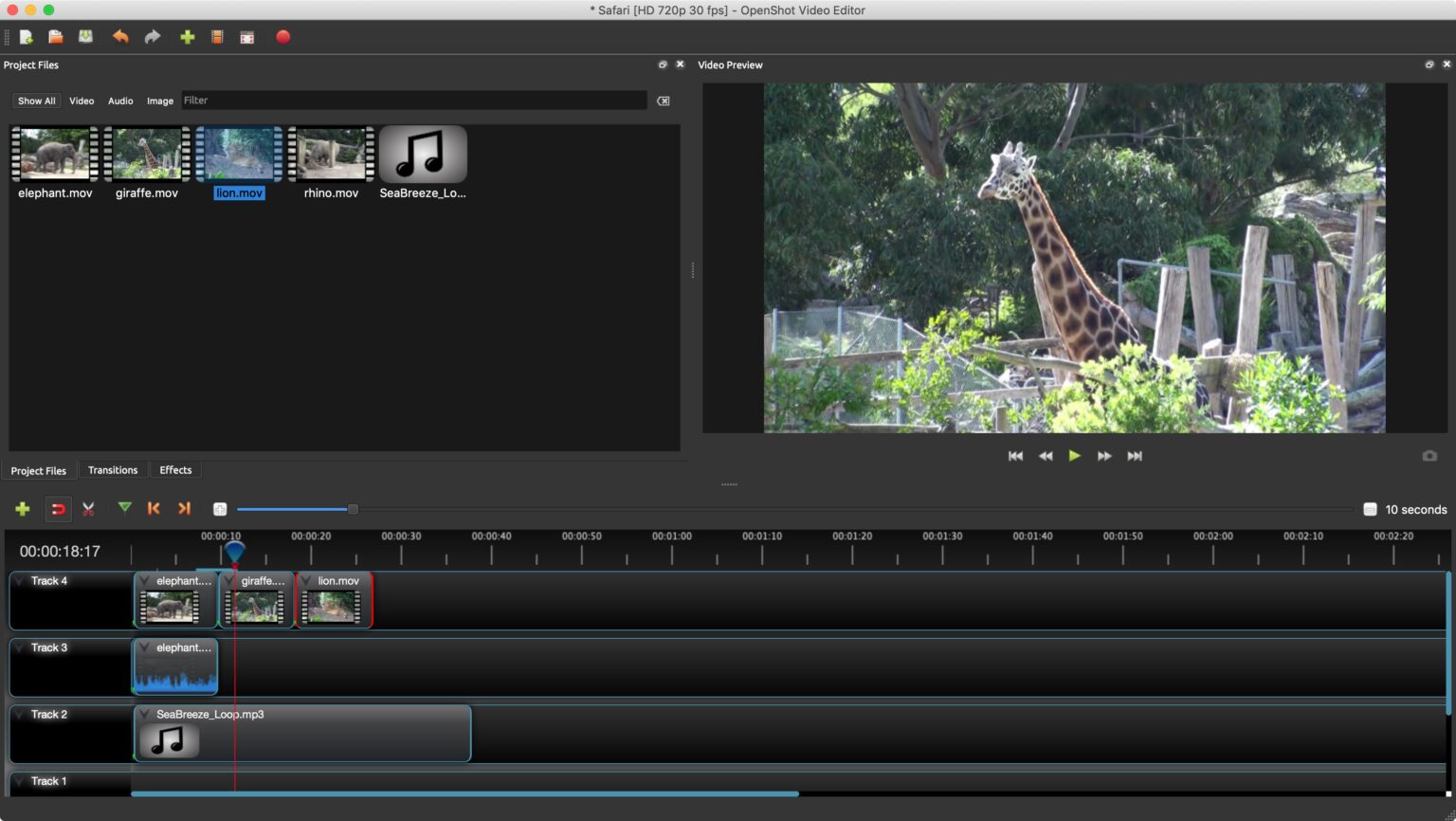

Xfce has good PulseAudio integration, and PulseAudio does a nice job of audio routing. This is a wonderful Debian package that replaces the default VLC and Gstreamer backends with a bitbucket, thereby rendering it ineffective. Thanks a lot.”īut I did find a way to disable Phonon by installing the phonon-backend-null package. Which is a rather petulant, scorched-earth reaction to being deleted.
OPENSHOT VIDEO EDITOR MERGE CLIPS PLUS
Phonon cannot be turned off, and if you try to remove Phonon it takes all KDE4 applications and libraries, plus LibreOffice with it.


Phonon has a nasty habit of changing my settings and disabling devices at random. I use a number of KDE4 applications in my Xfce desktop and these drag in a megaton of dependencies including Phonon, the KDE audio manager. I have three audio devices: a USB headset, onboard sound with front and rear ports, and a MobilePre USB audio interface. The biggest hassle I’ve experienced with OpenShot is due to the crazed state of Linux audio. To follow this tutorial you’ll need some video files from any kind of camcorder to play with, some audio files, and some still images. Then you can export your video to your desired format for YouTube, high definition, television broadcast, Blu-ray, and even the new WebM streaming format. You can have captions, animated titles, overdubs, “Ken Burns” effects, and capture directly from a tethered camcorder. Use it to combine video footage, audio tracks, and still images. It may be the only video editor you’ll ever need. The OpenShot video editor gets my pick for best combination of features and ease of use.


 0 kommentar(er)
0 kommentar(er)
